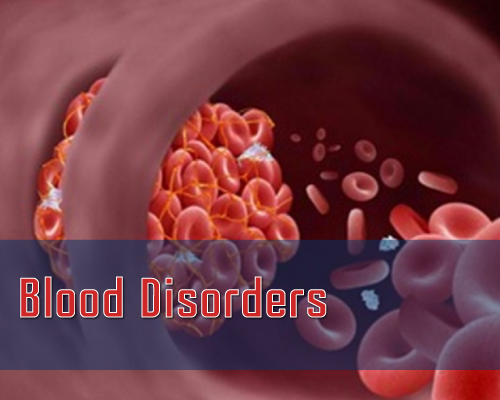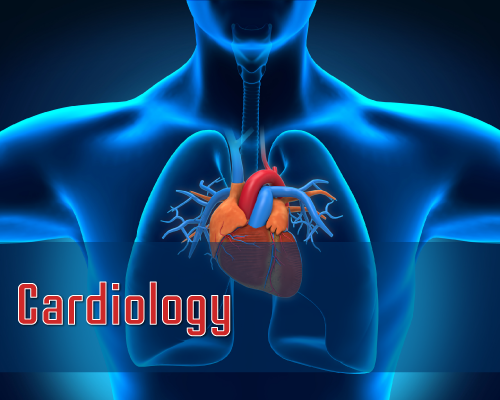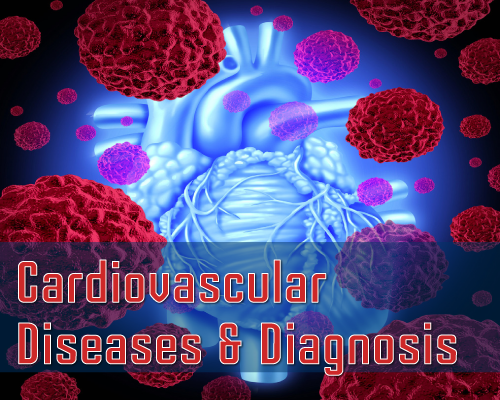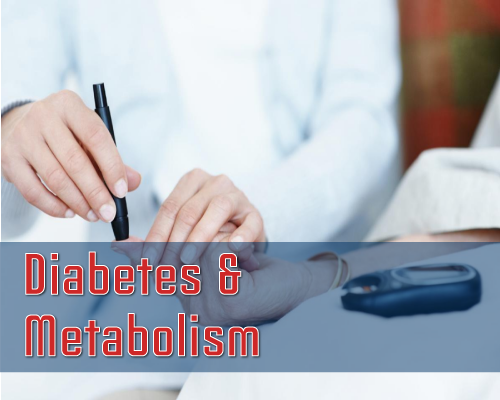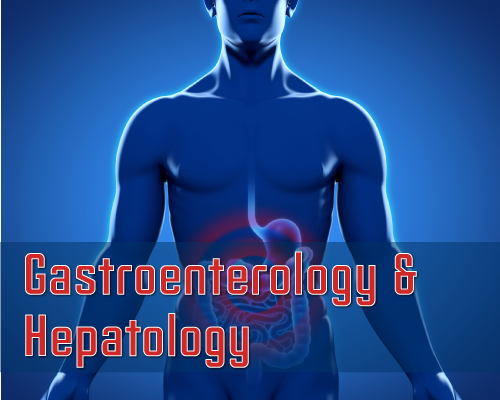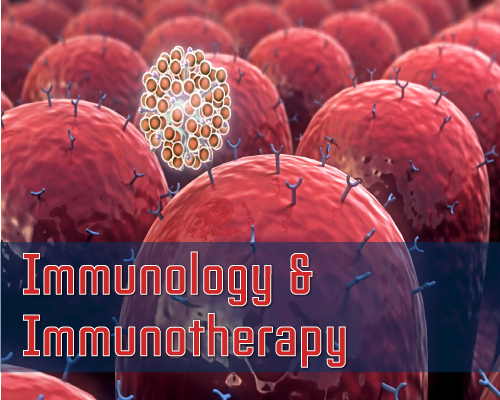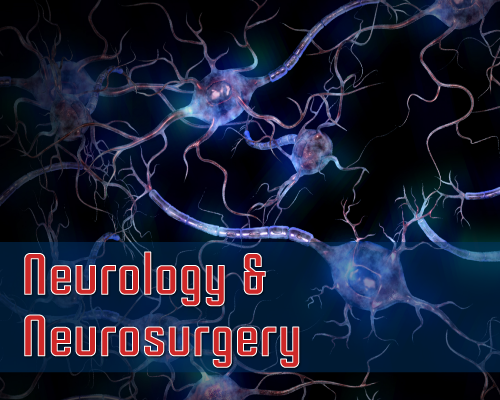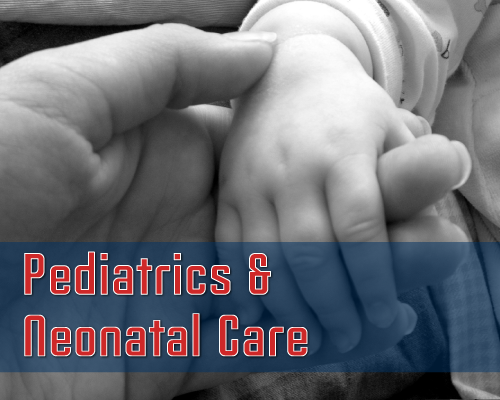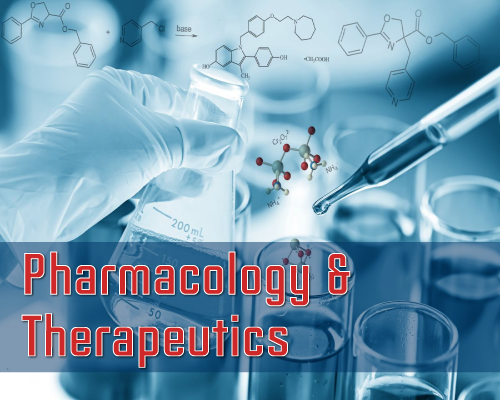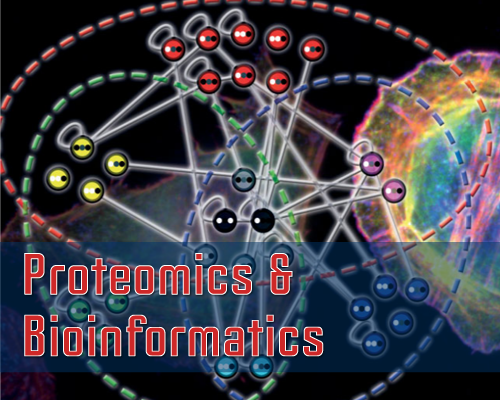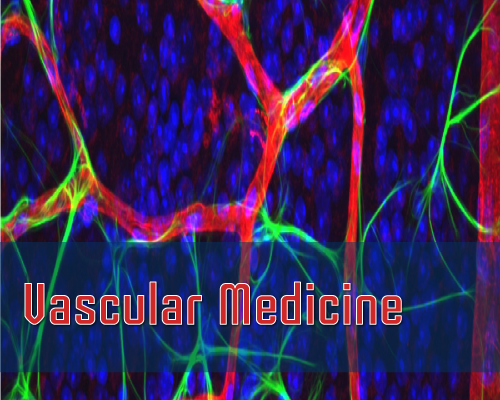Volume 3 Issue 2
Research Article: Investigation of the Complement-Dependent Effect of Heparin in a Liver Ischemia Reperfusion Model in Rats
Tulay D. Allahverdi*, Mahmut C. Yagmurdur, Hamdi Karakayali and Mehmet Haberal
The aim of the study was to investigate the damage created in tissue by using an in vivo isolated portal ischemia and reperfusion model in the rat liver and the effects of heparin administration on the complement system. A total of 25 male rats weighing 150-290 gr were used in the study. Following anesthesia with ketamine hydrochloride and xylazine hydrochloride, the incision area was shaved in all rats except the control group. The portal vein was isolated and clamped, and ischemia and reperfusion created. Two groups were sacrificed at the 24th hour and two at the 48th hour. Heparin was administered to one of the groups sacrificed at the 24th hour and not to the other group, and similarly one of the groups sacrificed at the 48th hour received heparin while the other did not. Biochemical and pathologic parameters were used to evaluate the damage using serum and liver tissue samples from the sacrificed rats. We used the liver GSH, MPO and C3 levels and the serum IL-6 level to evaluate the ischemia and reperfusion damage in the liver tissue. Heparin was shown to decrease the damage occurring after ischemia and reperfusion by decreasing complement activation and the MPO and IL-6 levels while increasing GSH levels as a result of the statistical analysis performed. Heparin was shown to prevent tissue damage after ischemia and reperfusion by decreasing complement activation and inflammation.
Cite this Article: Allahverdi TD, Yagmurdur MC, Karakayali H, Haberal M. Investigation of the Complement-Dependent Effect of Heparin in a Liver Ischemia Reperfusion Model in Rats. Int J Hepatol Gastroenterol. 2017;3(1): 050-055.
Published: 05 October 2017
Research Article: Monoclonal Antibody Characterization of the Coeliac Toxic Gluten Content of Wheat Starch Standards for a Gluten Test Kit
Ellis HJ, Selvarajah U and Ciclitira PJ*
Coeliac Disease (CD) is treated with a strict Gluten-Free Diet (GFD). Gluten is comprised of gliadin, Low (LMWG) and High (HMWG) Molecular Weight Glutenins. Many commercially available, nominally gluten-free foods are based on purified wheat starch. The only Food and Agriculture Organization of The United Nations (FAO) certified assay for gluten quantitation is based on the R5 monoclonal antibody (MAB) that recognizes gliadin but not glutenin. The R5 estimated gluten content of gluten-free foods involves multiplying the R5 gliadin value by two to yield a gluten value. We have raised a panel of monoclonal antibodies to CD toxic motifs. We assessed the gluten content of three wheat starches A, B, & C that are supplied as standards for the Transia gluten quantitation kit, which is based on a MAB to omega-gliadin. We employed separate ELISAs to quantify gliadin, Low (LMWG) and High Molecular Weight (HMWG) glutenins. Gliadin content in all three starches, as measured by one of the antibodies, was always higher that that measured with the other, but the ratio between measurements made by the 2 MABs varied from 3.1 to 7.0 fold. We also report significant variation in glutenin: gliadin ratios for different wheat starches. We suggest quantitation of the gluten content of nominally gluten-free foods, particularly those based on purified wheat starch, should be determined by measuring gliadin and glutenin, the values for which should be summated, since measurement of gliadin alone, followed by multiplication by two to yield a gluten content, appears to be invalid for processed foods.
Cite this Article: Ellis HJ, Selvarajah U, Ciclitira PJ. Monoclonal Antibody Characterization of the Coeliac Toxic Gluten Content of Wheat Starch Standards for a Gluten Test Kit. Int J Hepatol Gastroenterol. 2017;3(1): 046-049.
Published: 14 September 2017
Mini-Review: Current Insights of Colorectal Cancer: The Anatomical differences and the miRNA Regulation in Colorectal Cancer
Jorge De La Torre, Tyler Billings and Qiongqiong Zhou*
Colorectal cancer is one of the leading causes of death in the United States. Recent advances of understandings in anatomical patterns and molecular mechanisms may bring better therapeutical options and treatment plan. This article reviews the different outcomes of colorectal cancer associated with anatomical pattern: left-sided or right-sided; and the recently discoveries of colorectal cancer related miRNA.
Cite this Article: De La Torre J, Billings T, Zhou Q. Current Insights of Colorectal Cancer: The Anatomical differences and the Mirna Regulation in Colorectal Cancer. Int J Hepatol Gastroenterol. 2017;3(1): 041-045.
Published: 06 September 2017
Castillo Natalia, Austin Andrew and Freeman Jan George*
Foreign Accent Syndrome (FAS) is a rare phenomenon where speech is characterized by a new accent to the patient's native language. The majority of cases which have been previously described are associated with observed insults of the speech center. Other cases have been related to a psychiatric illness. In this particular case, we present a 62-year-old male with hepatic encephalopathy and FAS. FAS subsequently resolved following the management of Spontaneous Bacterial Peritonitis (SBP).
Keywords: Foreign Accent Syndrome (FAS); Hepatic Encephalopathy; Spontaneous Bacterial Peritonitis (SBP)
Cite this Article: Natalia C, Andrew A, George FJ. Hepatic Encephalopathy and Foreign Accent Syndrome: a Case Report. Int J Hepatol Gastroenterol. 2017;3(1): 038-040
Published: 23 August 2017
Castillo NE, Rajasekaran A, Austin AS, and Freeman JG*
Hepatorenal Syndrome (HRS) poses a unique challenge to liver failure patients. The key pathophysiologic feature of HRS includes a marked reduction in renal blood flow that is caused by intense vasoconstriction of the renal circulation counteracting the pathologic systemic and splanchnic arterial vasodilation. The diagnosis of HRS requires a reduction in the glomerular filtration rate and exclusion of other causes of renal failure. Novel biomarkers including cystatin C, neutrophil gelatinase associated lipocalin (NGAL), IL-8 and liver-type fatty acid binding protein (L-FABP) have been proven to be useful for predicting HRS. All existing treatments can only be considered supportive. Other potential therapeutic options such as selectively targeting renal vasodilation are promising. Currently, liver transplant is the only treatment that improves long-term survival.
Keywords: Hepatorenal syndrome; Acute kidney injury; Cirrhosis
Cite this Article: Castillo NE, Rajasekaran A, Austin AS, Freeman JG. Hepatorenal Syndrome, Are we making any Progress? Int J Hepatol Gastroenterol. 2017;3(1): 028-037.
Published: 23 August 2017
Authors submit all Proposals and manuscripts via Electronic Form!


